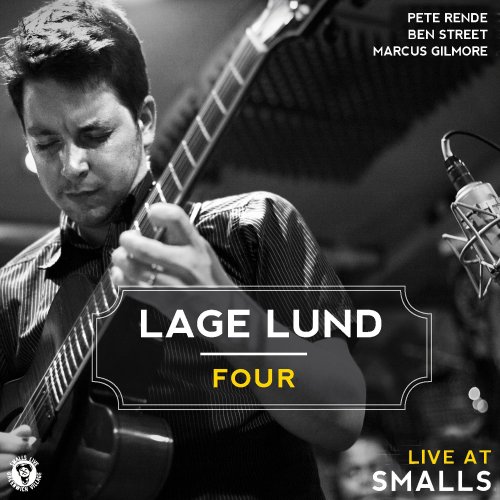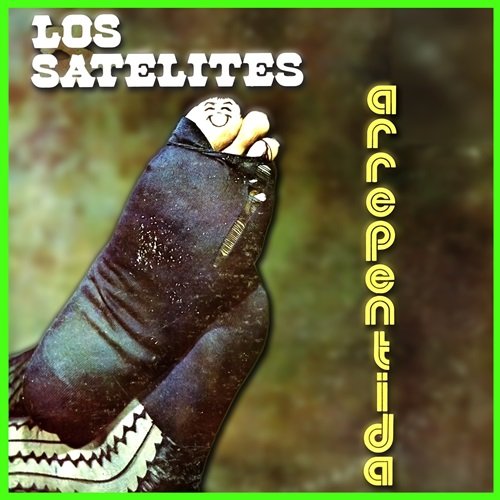Russian National Orchestra, Carlo Ponti - Rimsky-Korsakov: Scheherazade - Capriccio espagnol - Neapolitan Song (2015) [DSD64]
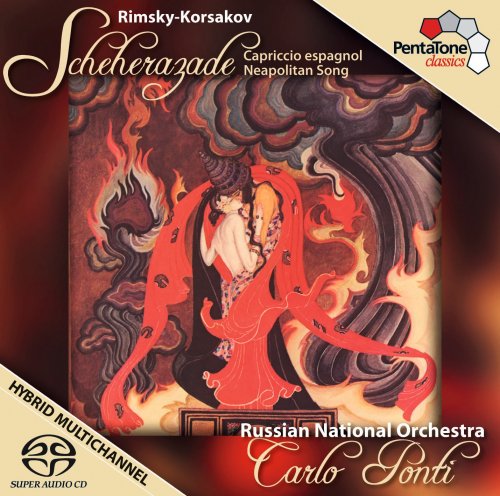
Artist: Russian National Orchestra, Carlo Ponti
Title: Rimsky-Korsakov: Scheherazade - Capriccio espagnol - Neapolitan Song
Year Of Release: 2015
Label: PentaTone
Genre: Classical
Quality: DSD64 2.0 (*.dsf) (tracks) 2,8 MHz/1 Bit
Total Time: 01:06:06
Total Size: 2.6 GB
WebSite: Album Preview
Tracklist:Title: Rimsky-Korsakov: Scheherazade - Capriccio espagnol - Neapolitan Song
Year Of Release: 2015
Label: PentaTone
Genre: Classical
Quality: DSD64 2.0 (*.dsf) (tracks) 2,8 MHz/1 Bit
Total Time: 01:06:06
Total Size: 2.6 GB
WebSite: Album Preview
1. Scheherezade Op. 35 - The Sea and Sindbad's ship 10:15
2. Scheherezade Op. 35 - The Tale of Prince Kalendar 12:42
3. Scheherezade Op. 35 - The Young Prince and the Young Princess 10:25
4. Scheherezade Op. 35 - The Festival at Bagdad 13:09
5. Capriccio espagnol Op. 34 - Alborado 01:21
6. Capriccio espagnol Op. 34 - Variazioni 04:44
7. Capriccio espagnol Op. 34 - Alborado (reprise) 01:21
8. Capriccio espagnol Op. 34 - Scena e canto gitano 04:57
9. Capriccio espagnol Op. 34 - Fandango asturiano 03:33
10. Neapolitan Song Op. 63 03:39
The last three symphonies by Pjotr Ilyitch Tchaikovsky are classic examples of the Russian symphonic tradition. However, although these works definitely contain Russian elements, the critics who claim that Tchaikovsky was first influenced and moulded by the German and French styles are certainly correct. The truly Russian style was not so much developed by Tchaikovsky as by the composers of the so-called “Mighty Handful” (or the “Mighty Five”). Michael Glinka staged the first Russian folk drama with his opera Ivan Susanin and astonished the audience in St. Petersburg at the première. The work was labelled “coachman’s” music, yet although the term was intended as an insult, Glinka felt highly flattered: “This was excellently phrased, and even very true; for, in my opinion, coachmen are smarter than the aristocracy”. And that provided the upbeat to a new musical movement, in which folk music would form the basis for the music written for the opera and the concert hall. To quote Glinka again: “The people create the music, and we composers simply arrange it”.
![Rainer Brüninghaus, Kenny Wheeler, Jon Christensen & Brynjar Hoff - Freigeweht (1981/2025) [Hi-Res] Rainer Brüninghaus, Kenny Wheeler, Jon Christensen & Brynjar Hoff - Freigeweht (1981/2025) [Hi-Res]](https://www.dibpic.com/uploads/posts/2025-12/1766402111_cover.jpg)
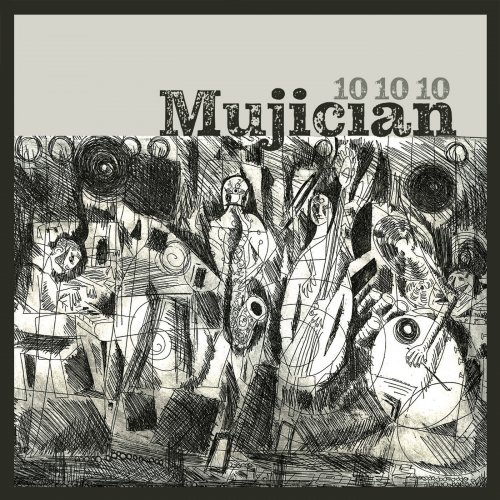
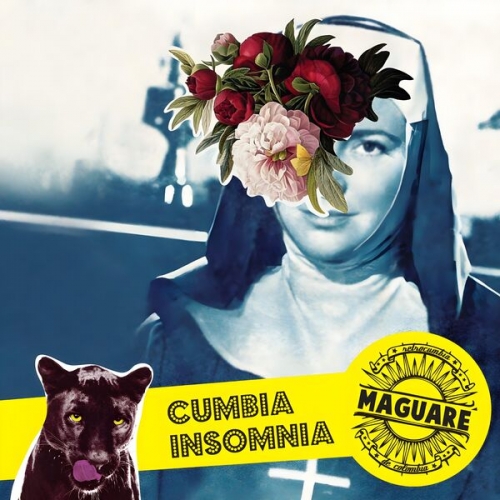
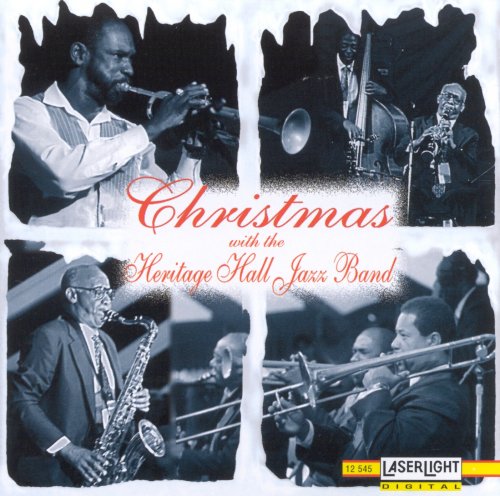
![The Ray Conniff Singers - Christmas With Conniff (1959) [Hi-Res] The Ray Conniff Singers - Christmas With Conniff (1959) [Hi-Res]](https://img.israbox.com/img/2025-12/22/w61i7ykfwmkn3wgh8p5soibu1.jpg)
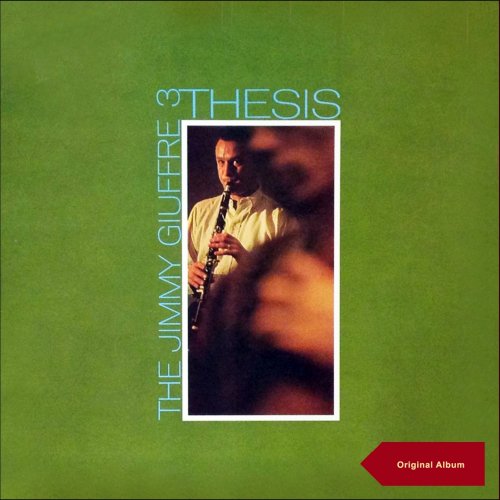
![Erwan Keravec - Whitewater (2025) [Hi-Res] Erwan Keravec - Whitewater (2025) [Hi-Res]](https://img.israbox.com/img/2025-12/21/2e6xtjojbwml63os6dxwp1bzj.jpg)
